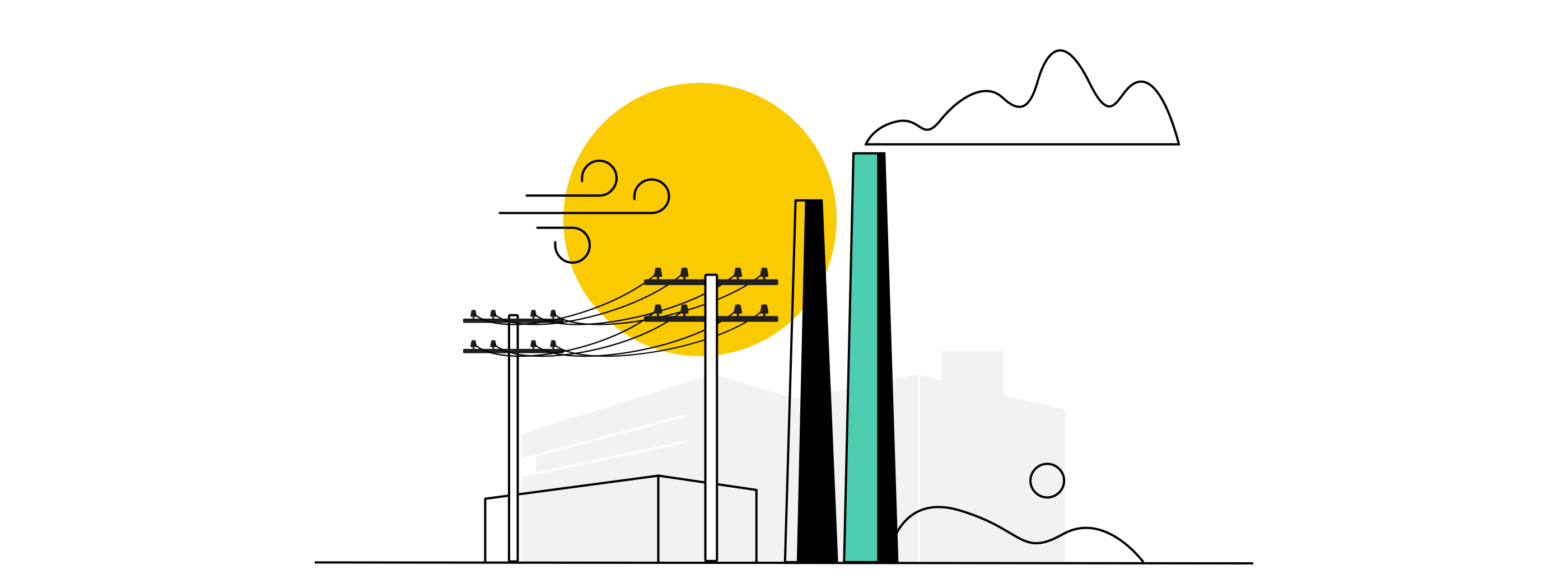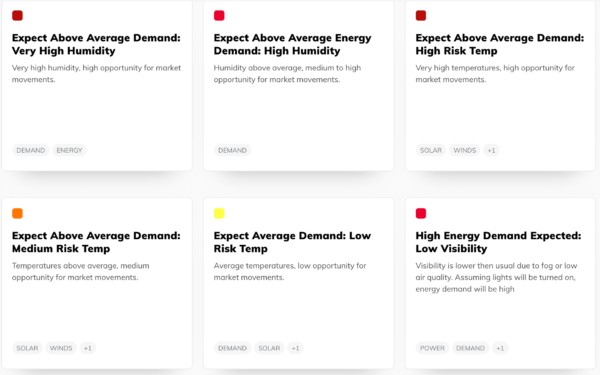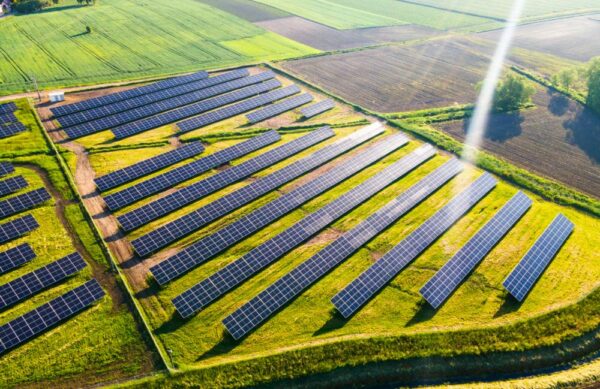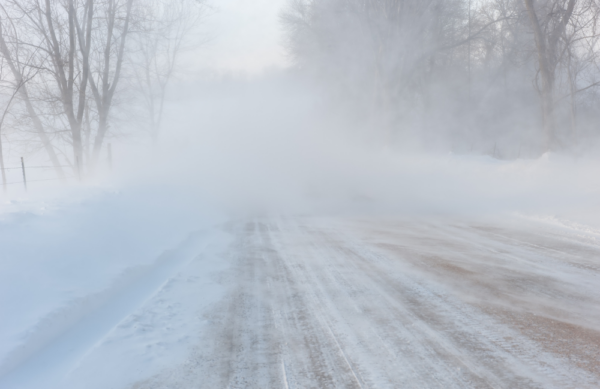As New Yorkers sweltered through a heatwave at the end of June, they received a text message asking them to reduce energy usage and limit usage of air conditioning due to potential energy outages. This was the first time the city had taken such action and it followed four days of intense heat and humidity.
Unsurprisingly, New York residents were pretty annoyed and didn’t hold back with expressing their frustrations on social media. Some asked why Times Square ads were still fully illuminated when they were being asked to turn off appliances, while others questioned whether the use of air conditioning during a heatwave could ever be “unnecessary”. It was too little too late for other residents, with 1,700 customers in Brooklyn already without power in addition to other localized power outages.
While residents took heed of the warning and power usage dropped significantly, utilities need a better way to manage the issue of energy demand surges without compromising on customer experience.
The newly signed American Jobs Plan includes a $100 billion investment in the power grid, however, that infrastructure upgrade isn’t here just yet. In the meantime, innovative energy and utility leaders have to come up with a smart plan to manage power surges driven by the weather and better communicate with customers.
Energy Demand Surges and Blackouts On the Rise
The energy demand surge isn’t an isolated incident for New York or the country. In July 2019, a blackout left 72,000 customers in Manhattan without power for hours while in Portland, Oregon, more than 6,000 people lost electricity when the temperature reached 115 °F in July of this year.
Power failures have increased by more than 60% since 2015 and Brian Stone Jr., a professor at the School of City & Regional Planning at Georgia Institute of Technology, said that a widespread blackout during an intense heatwave is “increasingly likely.”
Climate change is making heatwaves and extreme weather events much worse; a recent survey revealed that climate change is responsible for more than a third of all heat deaths worldwide. Severe weather has also been the main cause of sustained power outages over the past few years.
Climate change and these severe weather events have put a strain on a power grid that is already struggling to cope. Kyri Baker, an engineering professor at the University of Colorado Boulder, said: “I would probably give our power grid maybe a C minus. It’s like this perfect storm of extreme temperatures, more electricity consumption, and aging infrastructure.”
Hot weather not only increases energy demands, which can overload the electric grid and cause brownouts, it can also make power plants less effective and cause power lines to start to sag. Surges in energy demand could not only become even more common, but also have a wider-reaching impact. The issue isn’t going away, so utility companies need to have the proper processes and technology in place to manage the situation.
Improving Operational Efficiency
Most utility companies have access to advanced weather forecasting, so they have a good idea of when a major storm might arrive. But consulting the forecast isn’t enough to manage energy demand surges and keep customers happy. You need to be able to understand historical weather patterns and be able to monitor additional risks including wildfire, air quality, floods, road risk, and lightning across all of your specific locations.
While utilities have access to historical weather data, often this is out of date. Many companies still use 30-year old historical weather data averages to predict future weather patterns and project future demand and rates. Using this data as estimates of future temperatures leads to a “cold bias”, which means the predicted temperatures will be colder than those experienced.
It’s impossible to predict exactly how a weather event will affect energy demand, but there are better ways to prepare. You need to understand the operational impact that the incoming weather will have so you can turn your weather forecasts into actionable intelligence.
The Role of Weather Intelligence
Weather intelligence helps you make the right decisions at the right time, which improves operational efficiency and enables you to let customers know about potential outages in advance. This improves customer satisfaction rates and gives them more time to make contingency plans.
Making early decisions also helps you better manage your assets and avoid downtimes, which put further strains on your energy network, especially when demand is high.
By using a predictive weather intelligence insights dashboard, you get the context and business insights that enable you to shift your attention to optimizing operational plans and understanding how upcoming weather will impact demand in real-time.
Not only can you better prepare to protect your assets and minimize service disruptions, but you can also be more proactive in your decision-making when it comes to incoming weather conditions.
Whenever you know that upcoming weather is likely to impact your operations, you can use your weather intelligence dashboard to automate alerts. You can send these to your team members via text or emails to make sure they are in the right position to prevent and minimize outages while keeping them safe. You can also send alerts to your customers to give them advance warning of the situation.
Predictive intelligence can also help you proactively identify areas where infrastructure is weakest and most prone to damage by extreme weather. Using historical storm data, you can identify the best weather window for maintenance work in advance, which minimizes the likelihood of downtime and ensures you have the capacity to manage energy demand surges.
Using weather intelligence to improve operational efficiency will help you to strategize plans in advance, which means you’re better prepared and have more time to make decisions that will impact your customers.








